Want to build credit and earn rewards as a student? A Mastercard student credit card could be just what you need. These cards are made for college kids – they’ve got low fees, cashback deals, and handy money tools. We’ll walk you through all things Mastercard student credit cards – picking the best one and getting the most perks.
Table of Content
- How Mastercard student credit cards build credit
- Comparing rewards on student Mastercard offers
- Avoiding fees with student Mastercard options
- Mastercard student card application requirements
- Managing your first Mastercard responsibly
- Mastercard benefits beyond the student years
- International student Mastercard considerations
- Mastercard student cards versus debit cards
- Parental involvement with student Mastercards
- Building credit history with Mastercard student cards
- Mastercard student card security features
- Choosing the right Mastercard student card
- Mastercard student card common mistakes to avoid
- Mastercard student card alternatives to consider

How Mastercard student credit cards build credit
The best part about Mastercard student cards? They help you start building credit from scratch. Use it right, and these cards tell the credit bureaus about your payments – super important for your credit score. When I got my first student card, I just bought small stuff and paid it off monthly. My credit score jumped up in no time!
Money pro Jane Smith says student credit cards are the safest way for young folks to start building credit. Just remember: don’t use more than 30% of your limit, and always pay on time. Lots of Mastercard student cards give you free FICO score checks to watch your credit grow.
Some folks think you’ve got to carry a balance to build credit – not true! Actually, paying off your full balance every month works way better. Take the USC Credit Union’s Student Platinum Rewards Mastercard – it reports to all bureaus and lets you check your score easily.
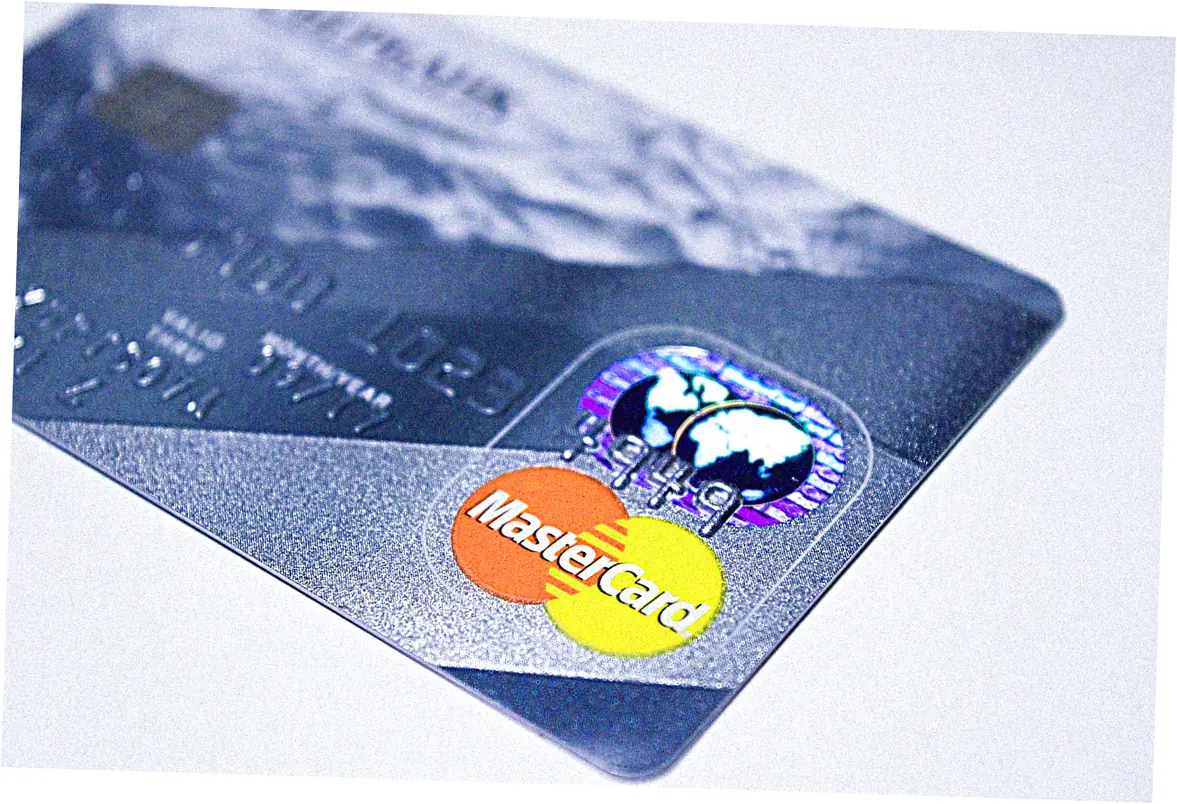
Comparing rewards on student Mastercard offers
Student cards don’t all give the same rewards – some are way better than others. Some Mastercard student cards give cash back on regular buys, others reward you for good grades. Bank of America’s student card gives 3% back in your favorite spending area (shopping or eating out) plus 2% at grocery stores.
Back in sophomore year, I picked a card that gave the best rewards for where I spent most. My buddy went with Capital One’s Student Journey Card – 1% back on everything, plus a little extra for paying on time. Simple and sweet.
A 2022 study found that students who use rewards cards wisely keep up good money habits after college. Don’t let rewards trick you into spending too much – the real win is paying off your balance monthly.
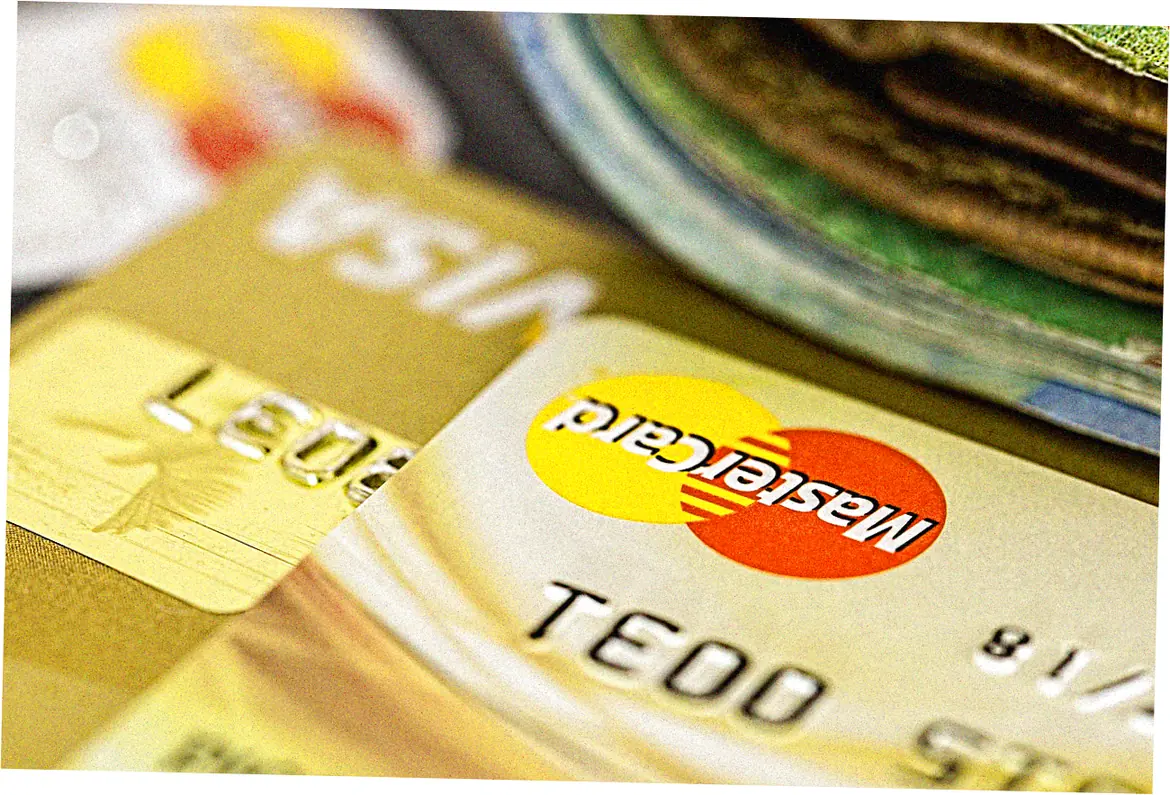
Avoiding fees with student Mastercard options
Most Mastercard student cards keep fees nice and low. While regular cards often have yearly fees, student cards usually skip these to help you out. Take Citizens Bank’s Student Mastercard – no yearly fee, and they’ll go easy on you if you pay late for the first time.
Always check the fees before signing up for any student card. Watch out for foreign fees if you’re studying overseas – some cards with great rewards charge extra. Late fees can really sting if you forget a payment, so check those too.
Money expert Michael Johnson says the best student cards mix fair fees with good perks. Look for cards with no yearly fees and some wiggle room on payments. Lots of Mastercard student cards let parents join for free to keep an eye on spending.

Mastercard student card application requirements
Don’t stress about applying for your first Mastercard student card – they’re easier to get than regular cards. They know students don’t have much credit history yet. I was shocked when my part-time job and student ID were enough to get approved for my first card.
Basically, you need to be 18, in school, and making some money – even from a side gig or allowance. No credit at all? You might need a co-signer for some cards. Credit unions often approve students for their Student Rewards Mastercard if you show you’ve got steady cash coming in.
Experian says students get approved 30% more often for student cards than regular ones. That’s why Mastercard student cards are perfect for starting your credit journey.
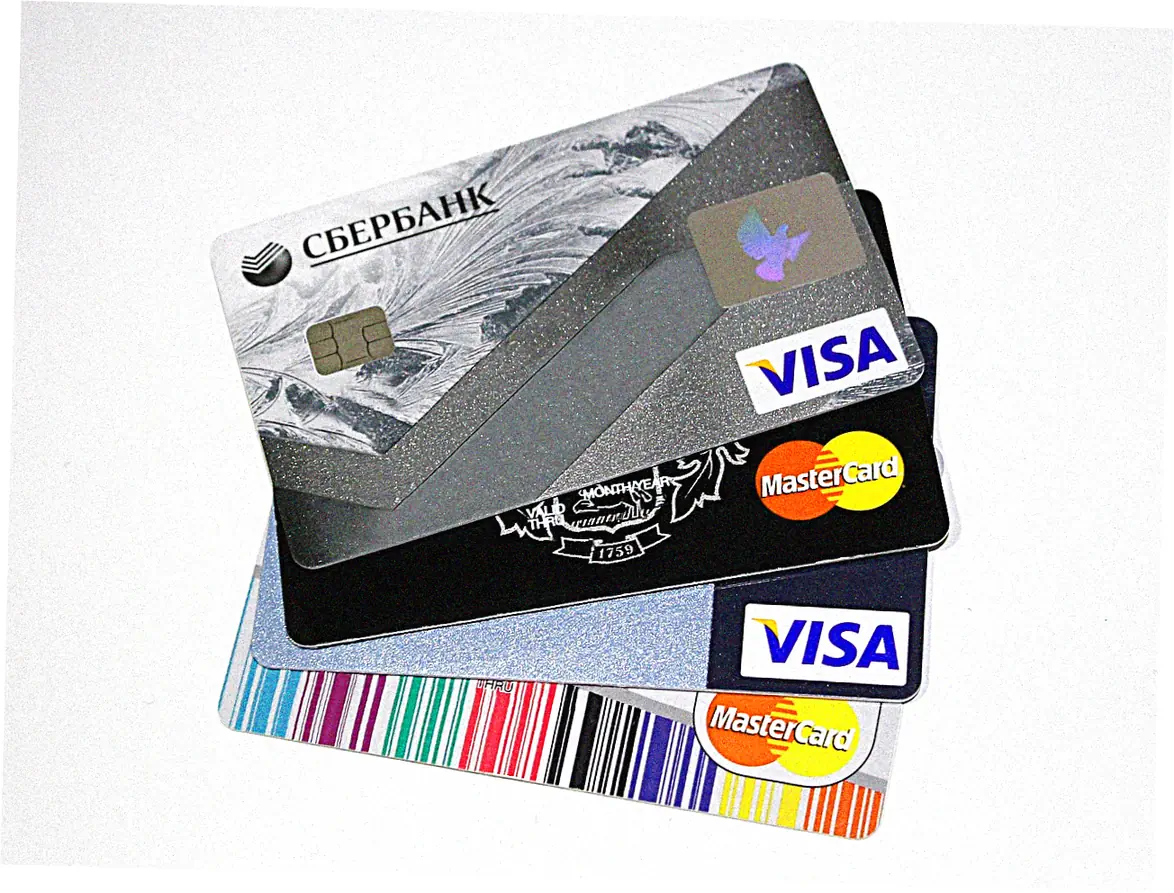
Managing your first Mastercard responsibly
Your first Mastercard student card is exciting, but start off with good habits. I messed up at first by spending like my limit was free cash – that first bill was a wake-up call! Now I tell everyone: set up auto-pay for the minimum and track spending with apps.
Most Mastercard student cards have cool budgeting tools and spending alerts. Bank of America’s student card app sorts your spending and warns you when you’re close to maxing out. These tools are super helpful when you’re new to credit.
Money expert Sarah Williams says: Use your student card like debit – only spend what you can pay right now. This way you build credit without piling up debt. Wish I’d listened to this advice back in freshman year!
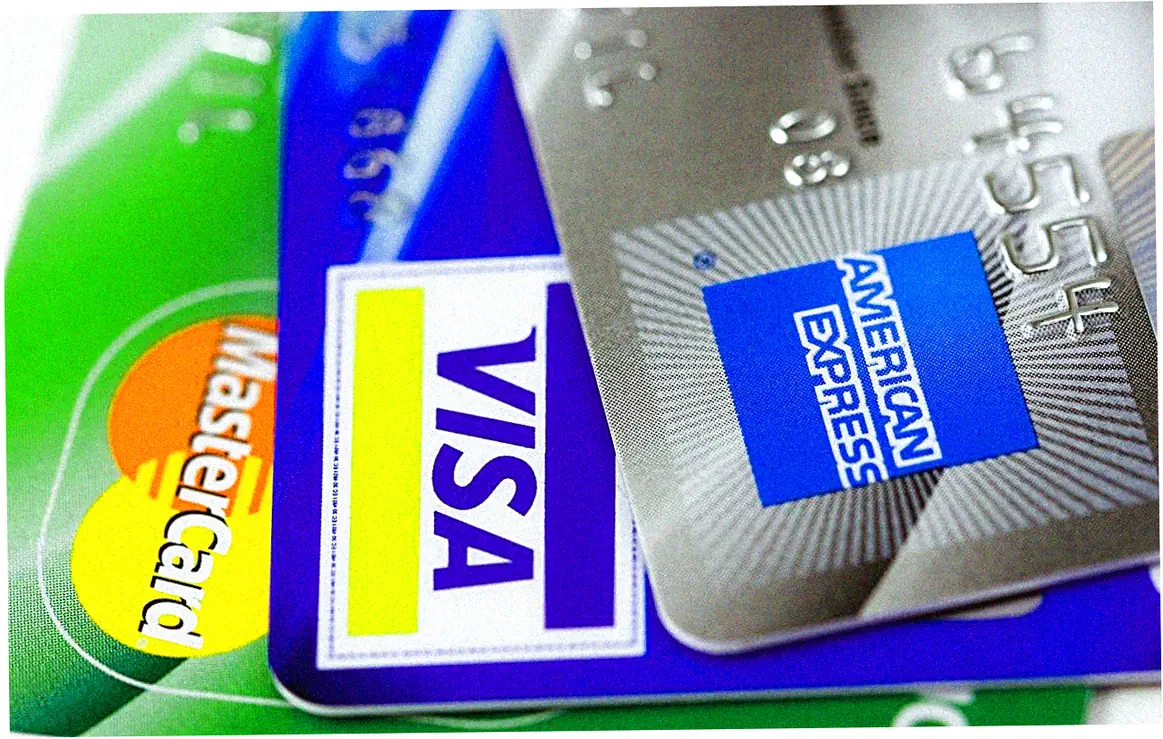
Mastercard benefits beyond the student years
Most students don’t realize their Mastercard student card can grow with them after college. Some cards turn into regular rewards cards with even better perks. My Citizens Bank student card became a Cash Back Plus card after graduation – kept my credit history and gave better rewards.
Some cards, like Discover’s student card, double your cash back when you upgrade after graduation. These upgrades make it easy to keep building credit when you start working.
A 2023 report shows keeping your first card for 5 years can boost your credit score by 45 points. That’s why picking a card with good after-college options matters.
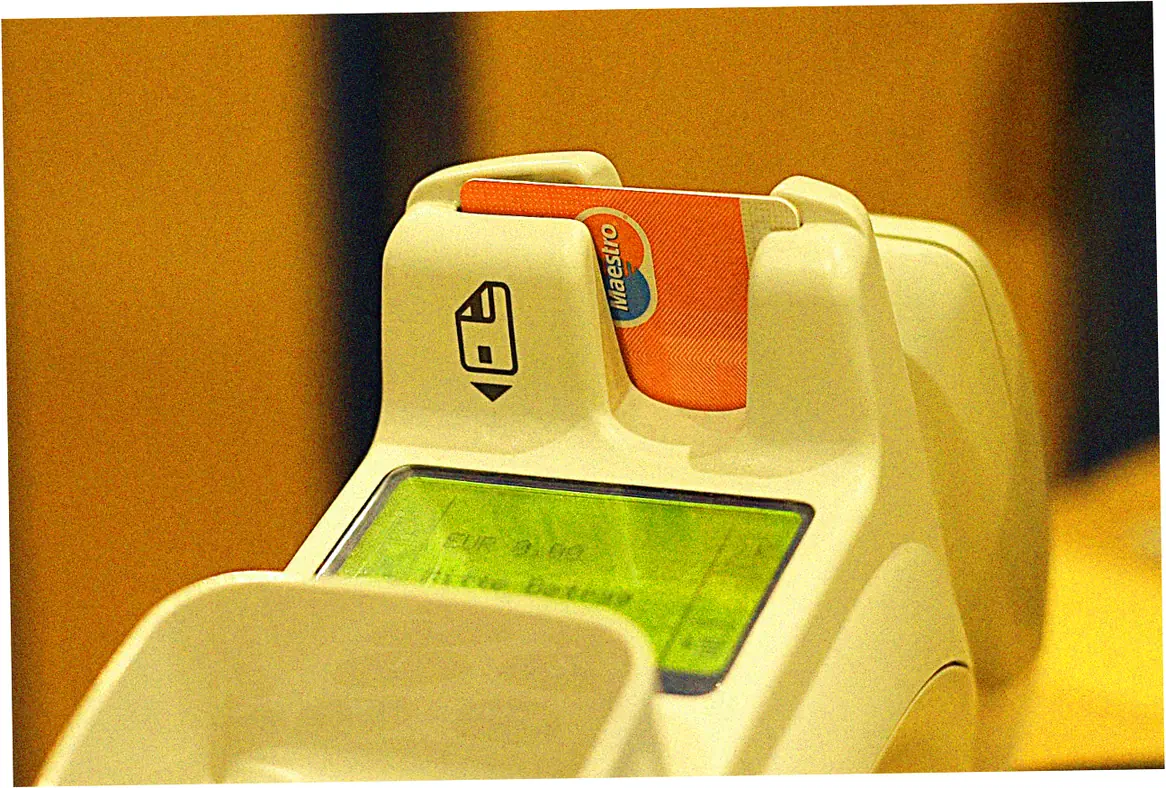
International student Mastercard considerations
For international students studying in the U.S.
, getting a Mastercard student credit card can be particularly challenging but equally important for building stateside credit. You’ll usually need a Social Security Number, but some take ITINs instead.
My Brazilian roommate found secured cards were easiest to get. You put down a deposit, but they work like normal cards and build your credit. After six months of good use, he got approved for a regular Student Mastercard.
Banks like Deserve EDU and Bank of America have special offers for international students. The Deserve card, for example, considers your school and potential future income rather than requiring a traditional U.
S. credit history. These cards help international students build credit during their studies.

Mastercard student cards versus debit cards
Lots of students debate between debit cards and Mastercard student credit cards. Debit cards keep you out of debt, but they won’t build your credit like student cards can. In college, I used debit for daily stuff and my Mastercard for planned buys I could pay right away.
Credit cards protect you better if someone steals your info. With debit cards, thieves can empty your bank account, but credit cards won’t make you pay for fraud. All Mastercard student cards come with Zero Liability Protection – nice peace of mind.
Money expert David Carlson says student credit cards are like training wheels that debit cards can’t beat. Just remember: use them to build credit, not as extra cash.
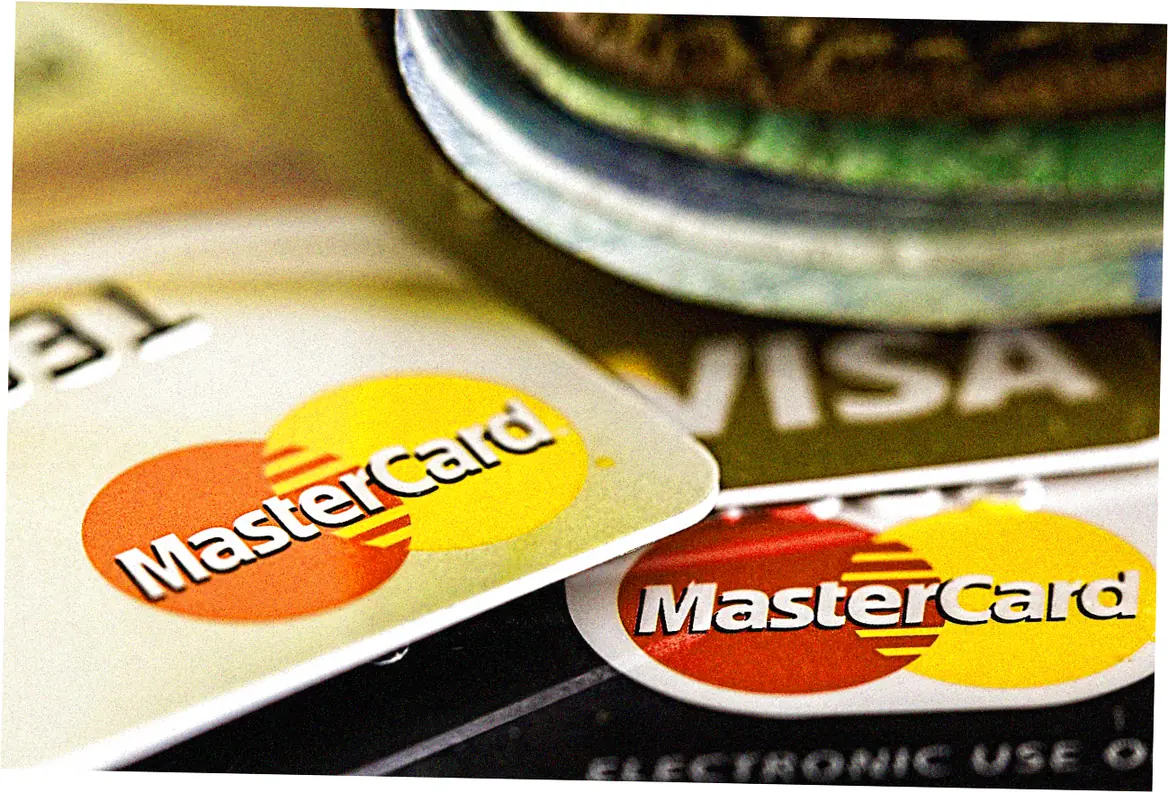
Parental involvement with student Mastercards
Parents usually help out when kids get their first Mastercard student card. Some parents co-sign, others add their kid as an extra user on their own card first. My parents took a middle approach – they co-signed my first card but made me responsible for payments, stepping in only when I needed advice.
Many Mastercard student cards offer parental controls and monitoring features. The Chase First Banking account paired with a student credit card, for instance, allows parents to set spending limits and receive alerts. These tools can help students gain independence while giving parents peace of mind.
According to a survey by Sallie Mae, 67% of students with credit cards reported that parental guidance helped them develop better spending habits. Whether through co-signing, regular check-ins, or financial education, parental involvement can significantly impact a student’s credit success.
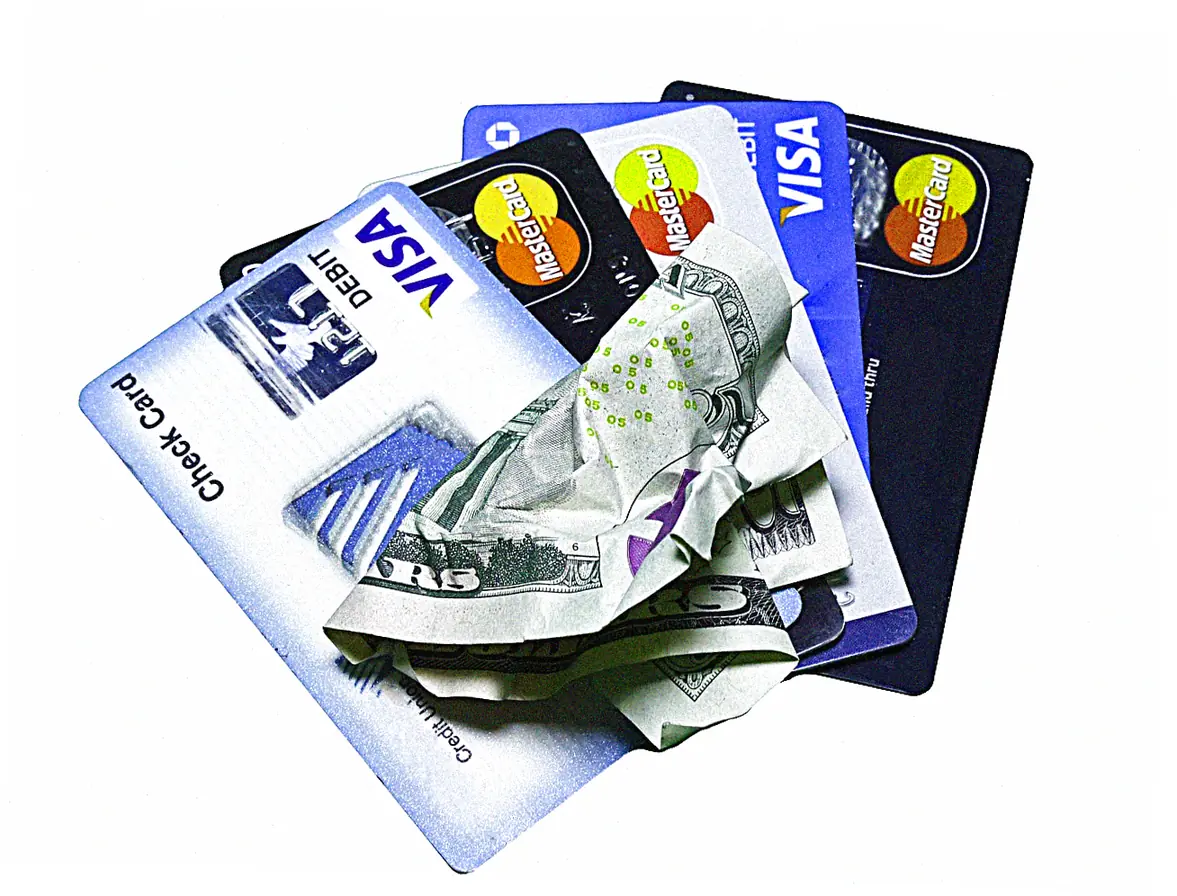
Building credit history with Mastercard student cards
The primary purpose of a Mastercard student credit card should be establishing a positive credit history. I’ve seen friends graduate with excellent credit scores simply by using their student cards wisely for four years. The key factors are payment history (35% of your FICO score) and credit utilization (30%), both of which student cards directly impact.
Starting early gives you more time to build history – length of credit accounts for 15% of your score. Even keeping your first student card open (with occasional small purchases) after graduation can help. My oldest account is still that first Student Mastercard I got sophomore year, and it continues to benefit my credit profile today.
Credit expert John Ulzheimer explains, A student who opens a credit card at 18 could have a seven-year credit history by graduation – a significant advantage when applying for auto loans or mortgages. This long-term perspective makes student cards valuable beyond their immediate benefits.
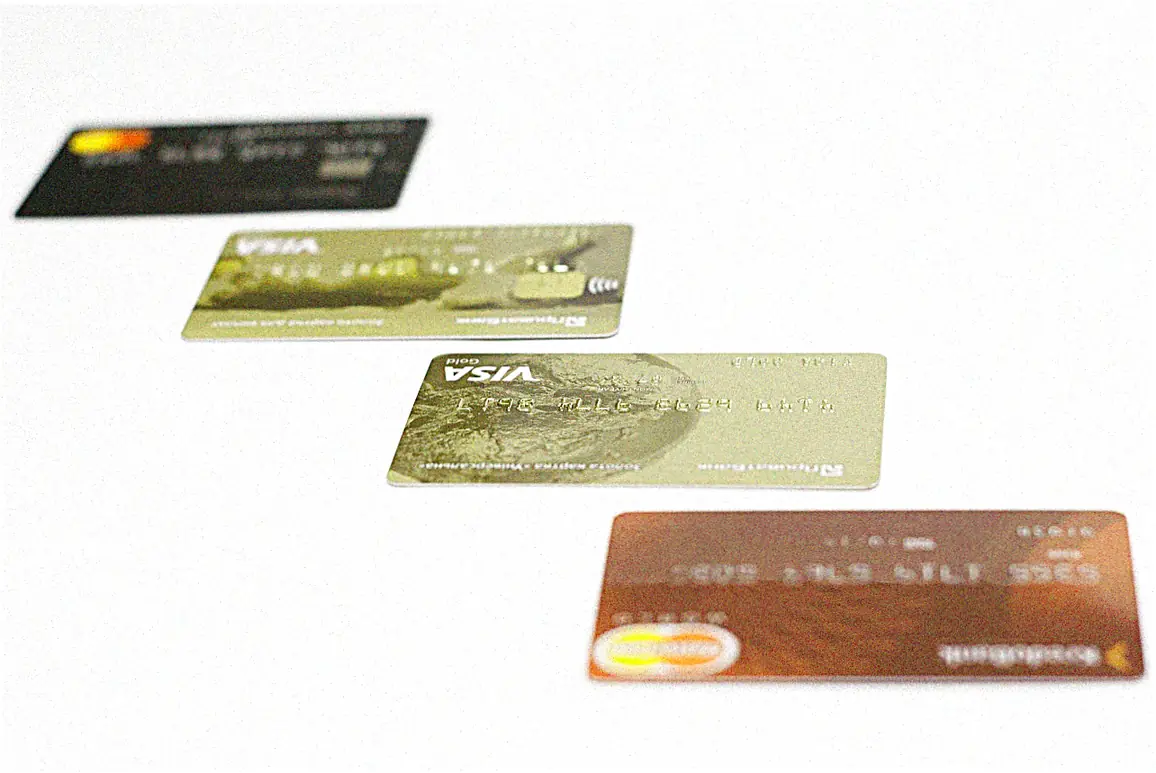
Mastercard student card security features
Security is a top concern for students using credit cards for the first time. Mastercard student cards come with robust protections, including chip technology, tokenization for digital payments, and the aforementioned Zero Liability policy. When my wallet was stolen junior year, I was relieved to know I wouldn’t be responsible for any fraudulent charges on my Student Mastercard.
Many cards now offer virtual card numbers for online shopping, adding an extra layer of security. The Capital One Student Card, for example, generates unique numbers for each merchant, preventing widespread fraud if one number is compromised. These features are particularly valuable for students who frequently shop online or use campus payment systems.
According to a 2023 Javelin Strategy report, young adults aged 18-24 are most vulnerable to payment fraud, making these security features essential. Students should also enable two-factor authentication on their online accounts and regularly monitor statements for suspicious activity.

Choosing the right Mastercard student card
With so many Mastercard student credit card options available, selecting the right one depends on your individual needs. Consider your spending habits (do you eat out often or buy textbooks online?), your ability to pay balances monthly, and any specific features you value like mobile banking integration.
I recommend comparing at least three options before applying. Look at interest rates (though you should aim to never carry a balance), fees, rewards structures, and any special student benefits. Some cards offer free FICO scores, others provide subscription discounts – these perks can add significant value beyond the financial basics.
Financial aid counselor Mark Thompson advises, The best student credit card is one you’ll use responsibly while meeting your specific needs. Don’t just chase the highest rewards – consider the whole package. Taking time to research ensures you find a card that grows with you through college and beyond.
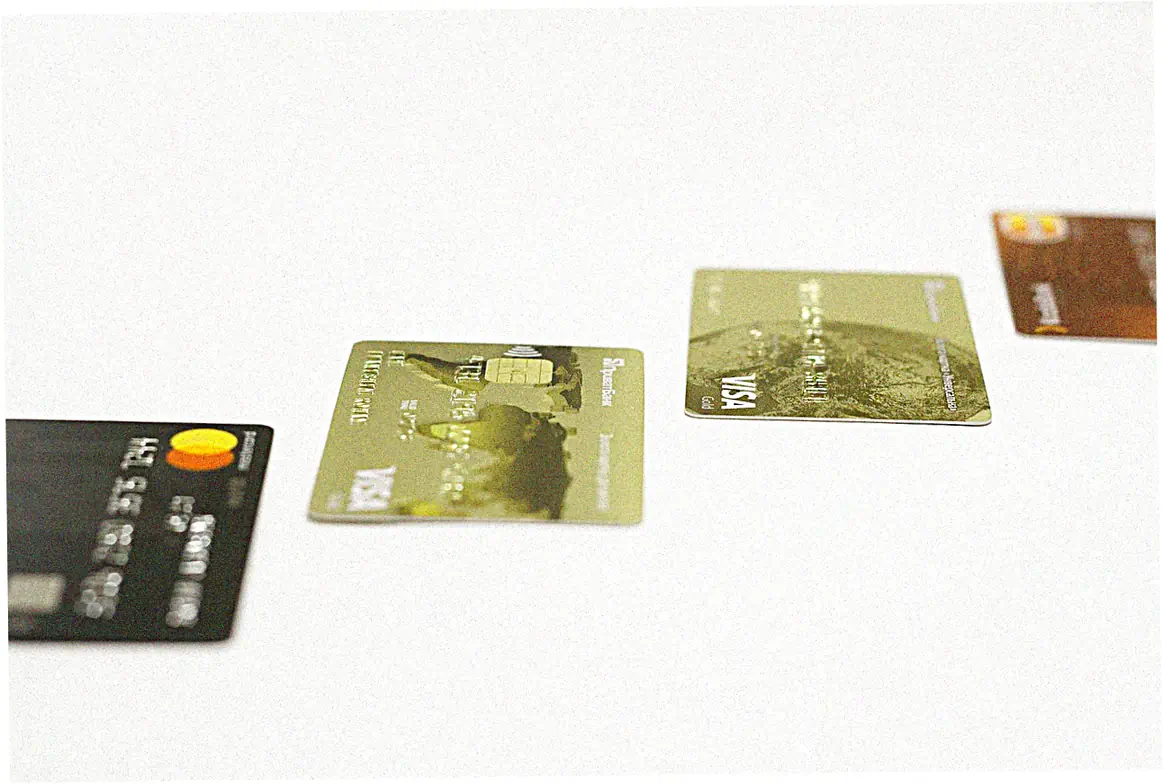
Mastercard student card common mistakes to avoid
Even with good intentions, students often make credit card mistakes that can have long-term consequences. The biggest I’ve seen is maxing out cards – high utilization can hurt your credit score even if you pay on time. Another common error is making only minimum payments, which leads to interest charges that quickly add up.
When my roommate opened three student cards in one semester, his credit score dropped from all the hard inquiries. It’s generally better to start with one card and add others gradually. Also watch out for cash advances – they often come with high fees and immediate interest, unlike regular purchases.
The Federal Reserve’s 2022 report on young adults and credit found that 43% of college students with cards carried balances month-to-month, paying unnecessary interest. Setting up autopay for the full balance can prevent this common pitfall and keep your credit journey on track.
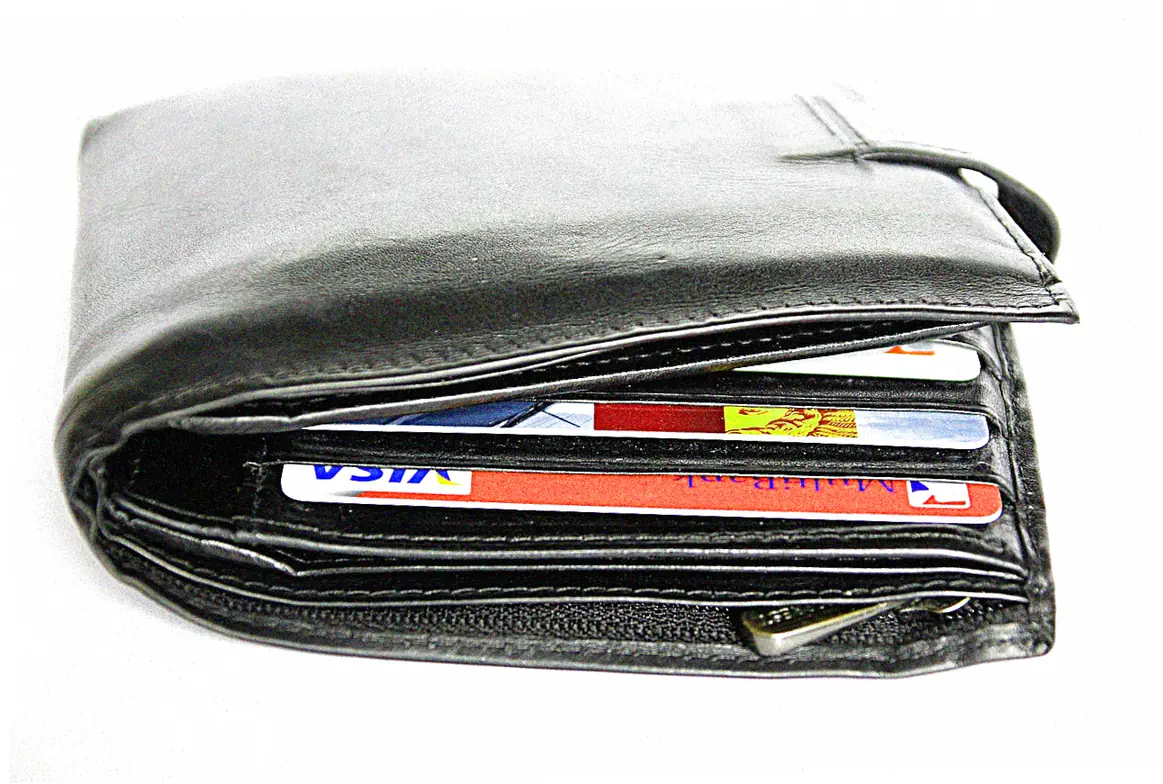
Mastercard student card alternatives to consider
While Mastercard student credit cards offer great benefits, they’re not the only option for building credit. Secured cards (where you provide a refundable deposit) can be easier to qualify for if you have no credit history. Authorized user status on a parent’s account can also help establish credit, though the impact varies by scoring model.
Some students prefer charge cards that require full monthly payment, preventing debt accumulation. Others use credit-builder loans from local credit unions. I’ve seen friends successfully combine these methods – starting as an authorized user, then getting a secured card, before qualifying for an unsecured Student Mastercard.
Financial coach Lisa Thompson recommends, Students should choose the credit-building method that best matches their financial discipline level. There’s no one-size-fits-all approach. The important thing is starting somewhere – establishing credit early pays dividends for years to come.
In conclusion, a Mastercard student credit card can be a powerful tool for building credit and learning financial responsibility when used wisely. By choosing the right card, avoiding common pitfalls, and developing good habits, you can graduate with both a degree and strong credit. Ready to take the next step? Compare student Mastercard offers today to find one that fits your college lifestyle and financial goals.